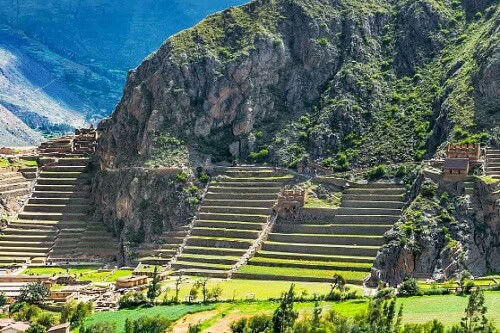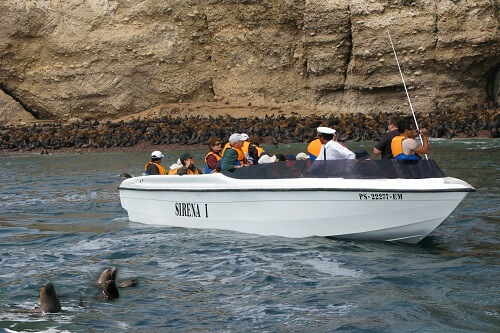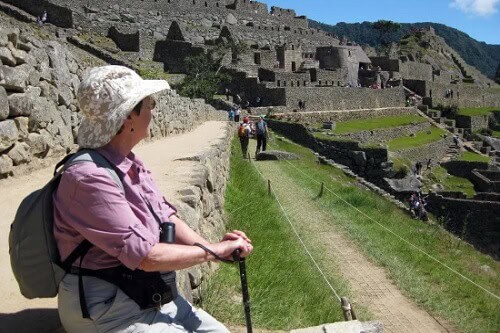Within the Inca empire, the Sacred Valley of the Incas played a significant role. In the past, it also served as a political, religious, and agricultural hub. The area was productive due to the mild climate, producing all types of corn and potatoes for the empire. Because of this, they constructed Moray, where some vegetables were raised, and mined salt in Maras.
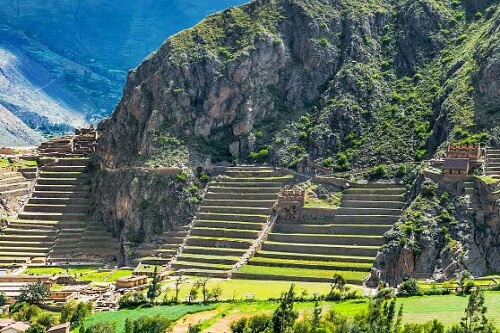
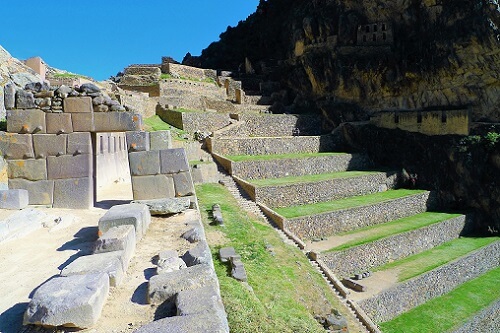
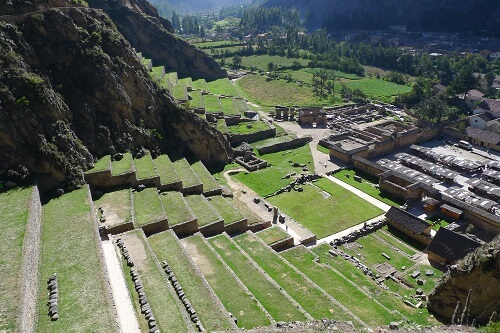
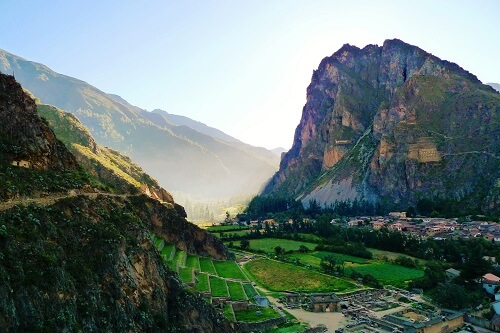
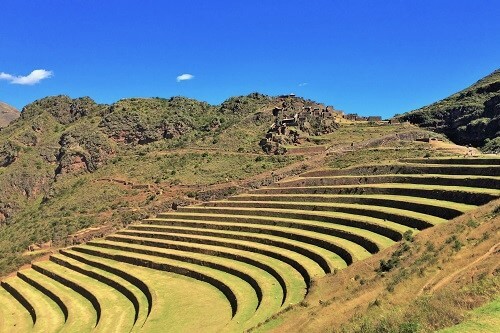
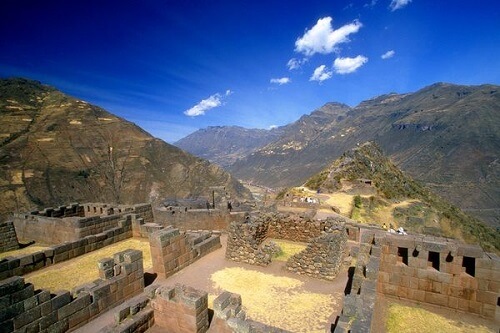
- Half day tour
- Dialy departures
- Group excursion
- Tourist transportation
- Entrance tickets
- Professional guide
Highlights
- Explore archeological monuments, Inca farming terraces, the andean artisan’s market
- Enjoy delicious Peruvian-International meals
- See llamas, alpacas and vicuñas
- Purchase some alpaca wool garments, explore Inca temples, and learn about Inca architecture, religion, and agriculture.
- Places to visit: Textile center with llama farm, Pisac archaeological site, Pisac artisan’s market, and Ollantaytambo archaeological site.
- Transport: Tourist van or minibus
Inclusions
- Pick up from the hotel, and way back (only in private)
- Tourist van or minibus with panoramic windows.
- English-speaking professional tour guide.
- Entrance tickets to the places to visit
- Lunch in a tourist restaurant with Peruvian-intenational meals.
Booking terms
- A full payment is required to confirm the reservation.
- Cancellations made less than 24 hours before the tour are nonrefundable.
- Cancellations made more than 24 hours before the tour are 100% refundable less the 5% for administrative fees.
- You need to provide the hotel or place to be picked up for the tour, and it must be within the Historical Center of Cusco.
- If the access of your hotel is remote please ask if we can pick up from there.
Itinerary
- Pick up time: at 08.30 am (to be confirmed)
- Tour departs: From your hotel
- Tour ends: At your hotel
We head to the north of Cusco and on the way to Machu Picchu which we won’t visit in this tour. After some kilometers we will enter to a textile center to learn about the ancient weaving process and materials the Inca used and nowadays is still in use.
We head next to the archaeological Inca complex of Pisac. We will explore Inca temples, houses and see huge andean farming terraces. We continue the journey through the lovely Sacred Valley passing picturesque farming towns and lovely peaks, which are representative of this tour. We will also visit the hands & crafts market, with colorful textiles and artwork from andean local artisans.
01.00 pm Around this time we will enjoy a delicious meal at a selective tourist restaurant, with Peruvian-international food. There you can choose a variety of dishes and enjoy and taste Peruvian cuisine.
After the refreshing stop to gain energies, we continue noth to get to a huge Inca complex called Ollantaytambo, which is next to the last Inca city of the same name. It is only an hour and a half by train from Machu Picchu, so it is ideal for spending the night or taking the train there.
Once in Ollantaytambo we will walk along the huge and impressive andean farming terraces, to get to the mountaintop and explore the miseries of this amazing and sacred complex. The architecture is just impressive, with temples. fountains, and houses, the Inca will show you an example of what you will have in your next visit to Machu Picchu.
Later in the afternoon we drive back to Cusco city, and along the way we make a short stop in Chinchero to explore the local textile market and see the archaeological site. We will be back in the city around 5.30 pm or 6 pm.
![]()
Discover and explore the Inca’s land and feel Peru’s magic with us!
Whatsapp
Icon-mail
Icon-phone-call
book now !
Weaving center and Llama farm:
We will enjoy a charming visit to learn about Inca textiles and four members of the camelid family: llamas, alpacas, vicunas, and guanacos. Alpacas have the thickest wool and are the most commonly used, whereas vicunas are small and delicate, with the finest wool of the Cameloids. See native weavers from several locations demonstrate their unique weaving styles and costumes, as well as learn about the collecting of different wools and natural dying techniques.
Pisac archaeological site:
It served as an agricultural center, a religious site, and a strategic fortress for the Inca Empire. The site features impressive terraced fields, intricate stonework, and a complex network of aqueducts and water channels. It was also an important stop on the Inca road network, which connected the vast Inca Empire. Today, Pisac is a popular tourist destination and a valuable historical and cultural site. Pisac also has a famous Inca cemetery, which is located on a nearby hillside, and is one of the largest and most impressive in the region and provides valuable insights into the religious and cultural practices of the Inca civilization.
Ollantaytambo archaeological site:
It was once an important administrative center for the Inca Empire and played a strategic role in the Spanish conquest of Peru. Today, it is a popular tourist destination, and visitors can explore the ruins, visit the local market, and enjoy the scenic beauty of the surrounding Andes mountains. Ollantaytambo is also an important transportation hub for those traveling to Machu Picchu, as the town is a starting point for the famous Inca Trail hike and has a train station with regular service.

